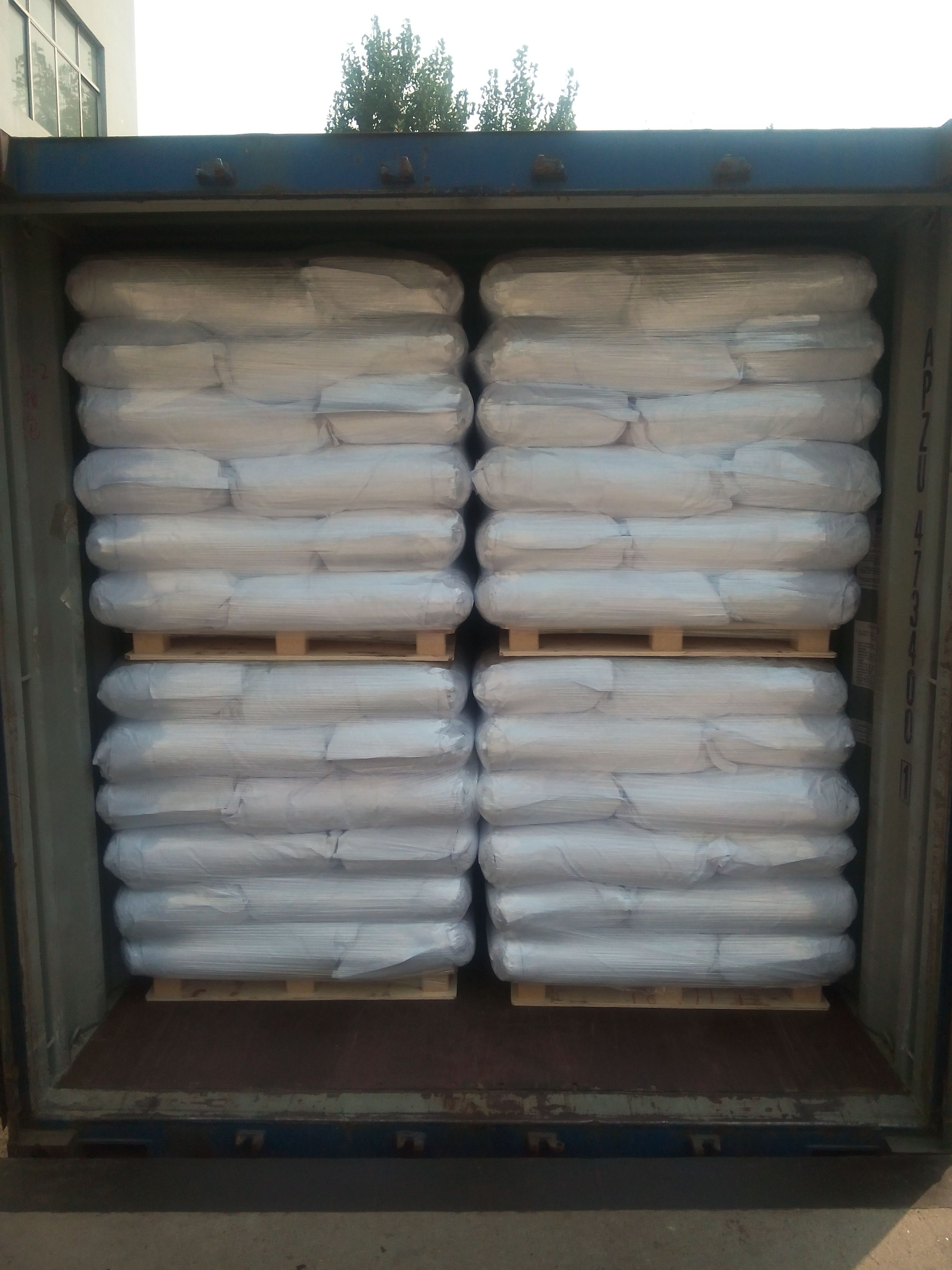Hydroxypropyl starch
Hydroxypropyl starch is a modified starch that has been chemically altered to improve its functional properties and is suitable for a variety of industrial and commercial applications. Starch itself is a polysaccharide composed of glucose units linked together and is typically found in plants as a storage form of energy. Hydroxypropyl starch is produced by introducing hydroxypropyl groups onto the starch molecule, thereby enhancing solubility, stability and other desired properties. This modification enables hydroxypropyl starch to be widely used in food, pharmaceutical, textile and paper industries.
1. Introduction to starch and hydroxypropyl starch
1.1 Overview of starch
Starch is a common carbohydrate found in plants and is the main source of energy. It consists of glucose units linked by glycosidic bonds to form a complex polysaccharide. Starch can be derived from a variety of plant sources, such as corn, potato, and wheat.
1.2 Modification of starch
Various modifications are made in order to enhance the functional properties of starch for specific applications. One such modification is the introduction of hydroxypropyl groups onto the starch molecules to form hydroxypropyl starch.
2. Properties of hydroxypropyl starch
2.1 Solubility
Hydroxypropyl starch exhibits improved solubility compared to native starch. This property is advantageous in applications where rapid dissolution is required, such as in the pharmaceutical and food industries.
2.2 Stability
The introduction of hydroxypropyl groups enhances the stability of starch, making hydroxypropyl starch more resistant to factors such as heat, shear and acidic conditions. This improved stability extends its usability under a variety of processing conditions.
2.3 Rheological properties
Hydroxypropyl starch often has altered rheological properties that affect its viscosity and flow characteristics. This is critical for applications such as adhesive formulations, where controlling viscosity is critical.

3. Application of hydroxypropyl starch
3.1 Food industry
In the food industry, hydroxypropyl starch is used as a thickener, stabilizer and gelling agent. It can be used in products such as soups, sauces and desserts to help improve texture and stability.
